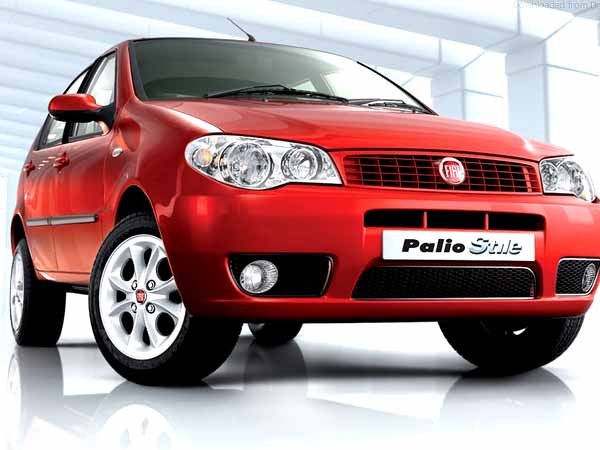|
|---|
Saturday, March 26, 2011
 | ||
| The Power Electronics & Battery System of the i3's Drive System |
To put that accomplishment in even better perspective, the battery is only about 45% of the size of the battery pack currently in the MINI-E's yet the car is bigger, has two more seats, much more storage space and is expected to offer the same driving range.
 The batteries used will be the same that are in the BMW ActiveE, which will launch as a trial lease program this fall. They are newly developed Lithium-ion cells which will be using a nickel-manganese-cobalt chemistry made by SB-Limotive. SB-Limotive is a joint venture of Korean conglomerate Samsung and German parts giant Bosch. The ActiveE will use 192 cells in 25 modules in three separate battery blocks as opposed the the picture above where the i3's batteries are all located in one enclosure, a result of the car being a purpose-built EV and not a retrofitted ICE platform like the ActiveE. The i3 will use only 96 cells, in 48 smaller modules(only 2 cells per module) packed in rows under the Life Cell driving compartment and be thermally conditioned.
The batteries used will be the same that are in the BMW ActiveE, which will launch as a trial lease program this fall. They are newly developed Lithium-ion cells which will be using a nickel-manganese-cobalt chemistry made by SB-Limotive. SB-Limotive is a joint venture of Korean conglomerate Samsung and German parts giant Bosch. The ActiveE will use 192 cells in 25 modules in three separate battery blocks as opposed the the picture above where the i3's batteries are all located in one enclosure, a result of the car being a purpose-built EV and not a retrofitted ICE platform like the ActiveE. The i3 will use only 96 cells, in 48 smaller modules(only 2 cells per module) packed in rows under the Life Cell driving compartment and be thermally conditioned.The end result means two main things. The battery is usually the most expensive part of an EV, and since the battery pack will be half the size of the ActiveE, it will cost significantly less to manufacturer, helping to keep the selling price of the i3 to a reasonable point. Secondly, less batteries means less weight and helps to further increase efficiency.
 | ||||
| Complete Battery & Drive System of the 2013 BMW i3 |
Labels: activeE, Drive System, Life Cell, SB-Limotive
0 Comments:
Subscribe to:
Post Comments (Atom)














